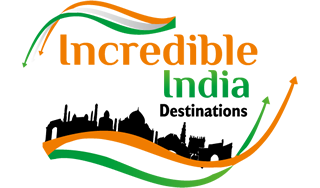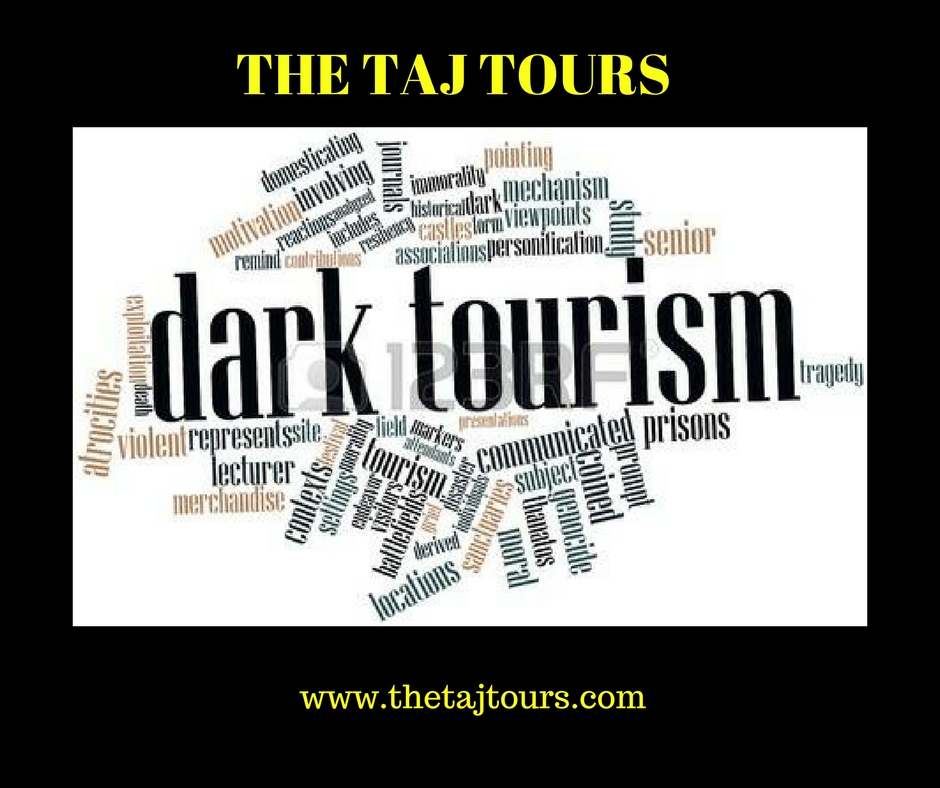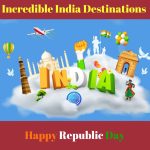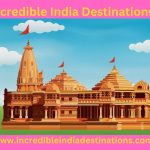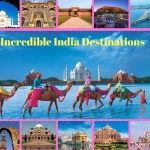10 Best Destinations for Dark Tourism in India
Dark tourism or Black tourism or Grief tourism involves traveling to places historically associated with death, suffering, torture and tragedy. This concept is becoming popular day by day especially among youth.
1. Sites of Indus Valley Civilization
The sites of the Indus Valley Civilization were excavated in 1921 by an archaeological campaign under Sir John Hubert Marshall. Marshall, Rai Bahadur Daya Ram Sahni and Madho Sarup Vats began excavating Harappa in 1921, finding buildings and artifacts indicative of an ancient civilization. More than 1,400 sites have been excavated in India. The reason for the sudden decline of the Indus civilization is still based on assumptions
2. Kanpur during 1857
Kanpur formerly called Cawnpore, was a part of British Empire. During the first war of Indian independence in 1857, the Indian soldiers severing joined the rebels. At that time Kanpur was under General Wheeler.
On 27 June the British, together with servants, women and children, were escorted by the rebel army to the river.
What happened next has become known as the Satichaura Ghat Massacre. Exactly how it started remains unclear to this day, but fighting broke out and the rebels attacked the boats. General Wheeler was killed in this battle. Eventually only four of the British men survived, of a party that had managed to get away as the fighting broke out.
3. Lucknow during 1857 (the Residency)
In Lucknow, the British Commissioner/Governor Sir Henry Lawrence became worried about developments and fearing that conflict was imminent decided to fortify the Residency from 23 May 1857. His premonitions proved right on 30 May when tensions escalated into open rebellion also in Lucknow and the surrounding area. The rebels launched assault on 30 June, but were unable to breach the walls, so they started a first siege during which they repeatedly shelled the Residency with artillery. Henry Lawrence was one of the first to be killed in these barrages.
In the following nearly 90 days, the population inside the besieged Residency kept on dwindling. Some of them dying as a result of the ongoing fighting and others succumb to disease and the increasingly poor living conditions.
4. Amritsar (Jallianwala Bagh)
On 13th April 1919, General O Dyer ordered to fire upon unarmed people of Amritsar, who had gathered to celebrate the festival of Baisakhi. Most of the people were unaware about the martial law imposed due to the arrest and deportation of two national leaders, Satya Pal and Dr Saifuddin Kitchlew.
The armed soldiers were standing at the main gate that was used for both entrance and exit. More than 1,000 people including women and children were killed and 1,000 injured.
5. Andaman & Nicobar Islands(Cellular Jail)
In total 80,000 prisoners (all considered “enemies of the Empire”) are believed to have passed through Port Blair’s penal colony and the Cellular Jail. Prisoners came from all parts of India. Apparently (according to one information panel in the museum) a few rebels who had revolted against British rule even in Burma were also sent here.
In addition to the psychological cruelty, physical brutality was also the norm at the Andaman penal colony. Prisoners often had to work chained together and shackled. Forced labor was used in construction but also regularly in oil mills, where the prisoners had to grind coconuts by going round and round like donkeys or buffaloes. There were regular beatings for punishment, and plain torture was common too. Some prisoners were even subjected to medical experiments.
10 Best Destinations for Dark Tourism in India
6. Delhi (with Gandhi Smriti)
Gandhi Smriti also known as Birla House or Birla Bhavan, is a museum dedicated to Mahatma Gandhi, situated on Tees January Road, formerly Albuquerque Road, in New Delhi, India. It is the location where Mahatma Gandhi spent the last days of his life and was assassinated on 30 January 1948.
7. Bhopal (Gas Tragedy)
The Bhopal disaster or Bhopal gas tragedy was an industrial accident. It happened at a Union Carbide subsidiary pesticide plant in the city of Bhopal, India. On 3 December 1984, the plant released 42 tons of toxic methyl iso cyanides (MIC) gas, exposing more than 500,000 people to toxic gases.
People woke up with a burning sensation in their lungs. Thousands died immediately from the effects of the gas. Many were trampled in the panic that followed. The first official immediate death toll was 2,259. Another estimate is that 8,000 died within two weeks, that an additional 8,000 have since died from gas-related diseases.
8. Bhuj
The Bhuj earthquake, occurred on 26 January, India‘s 52nd Republic Day, at 08:46 AM IST and lasted for over 2 minutes. The epicenter was about 9 km south-southwest of the village of Chobari in Bhachau Taluka of Kutch District of Gujarat, India.
The intra plate earthquake reached 7.7 on the moment magnitude scale and had a maximum felt intensity. The earthquake killed between 13,805 and 20,023 people, injured another 167,000 and destroyed nearly 400,000 homes
9. Wagha border crossing point and ceremonies
When we gained independence in 1947, India immediately broke apart along religious fault lines, with the creation of the state of Pakistan going it alone as a Muslim country, separate from predominantly Hindu India.
India and Pakistan were instantly more or less at war with each other during this period, which has become known as Partition.
There were large parts of the population on either side who were not Muslim (in Pakistan) or Hindu (in India), respectively. Therefore millions saw themselves forced to up sticks and resettle on the other side of the new dividing line. It was a massive movement of people accompanied with much agony, violence, deprivation and deaths.
10. Taj Palace Hotel, Mumbai
In November 2008, Mumbai was attacked by a series of terrorist attacks by 10 members of a terrorist organization based in Pakistan, carried out a series of 12 coordinated shooting and bombing attacks lasting four days across Mumbai. The attacks, which drew widespread global condemnation, had 164 people dead and 308 wounded.
10 Best Destinations for Dark Tourism in India
